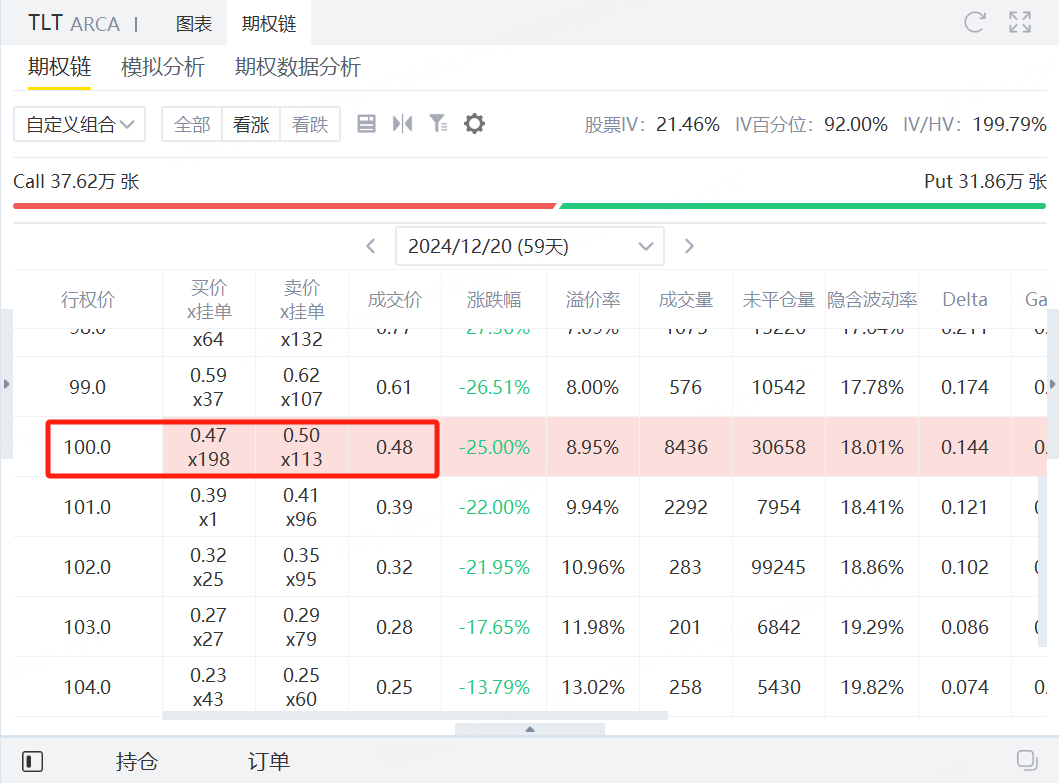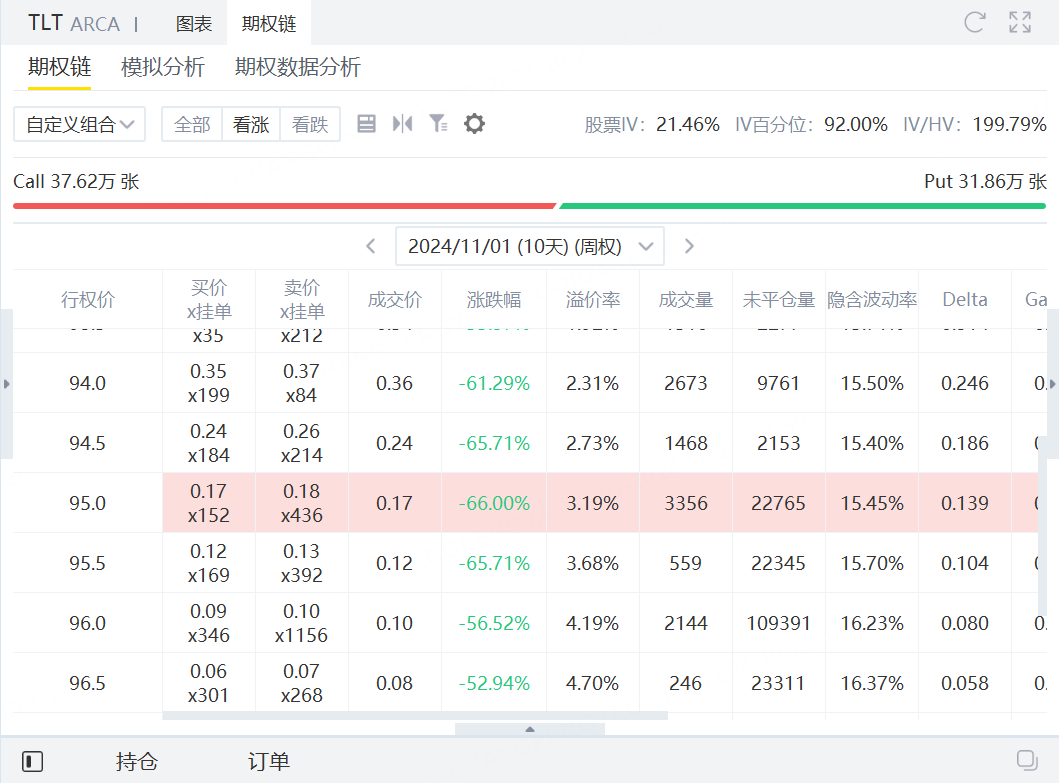With U.S. Treasury yields continuing to rise, calls for the Federal Reserve to slow or pause interest rate cuts are growing louder. Torsten Slok, Chief Economist at Apollo Global Management, has joined this conversation recently.
In a report released last weekend, Slok noted that strong economic growth in the U.S. is increasing the likelihood that Fed officials will keep rates unchanged in November.
He points to several reasons for this robust outlook: the Fed's dovish stance, high stock and housing prices, narrowing credit spreads, and the abundant availability of corporate financing in both public and private markets.
Slok emphasizes that the economy is still expanding. He believes the U.S. is on a "no-landing" trajectory—continuous growth with inflation reigniting. He also referenced the Atlanta Fed's GDPNow model, which currently projects a 3.4% GDP growth for the third quarter.
November is shaping up to be a crucial month for the market. The October employment report is set for release on November 1, followed by the U.S. presidential election on November 5, and the Fed's interest rate decision on November 7.
If investors are considering a bullish options strategy on Treasury bonds ( $iShares 20+ Year Treasury Bond ETF(TLT)$ ) ahead of the Fed's decision, a diagonal spread might be the way to go.
What Is a Diagonal Spread?
A diagonal spread involves using options with different strike prices and expiration dates. Typically, the long leg lasts longer than the short leg. There are diagonal bull spreads and diagonal bear spreads.
In a diagonal bull spread, it works similarly to a traditional bull call spread but adds an upgrade. Here, traders buy a longer-dated call option with a lower strike price while selling a shorter-dated call option with a higher strike price, keeping the quantities of both calls equal.
This strategy allows investors to benefit from potential upward movements in TLT while managing risk effectively.
TLT Diagonal Spread Example
Let’s say an investor is bullish on TLT over the next two months. They could buy a call option with a strike price of $100, expiring on December 20, 2024. This call, acting as the long leg, costs $48 based on the latest market price.


Compared to simply buying a call, diagonal spread strategy provides additional premium income, lowering the overall net premium outlay and shifting the breakeven point to the left, increasing the probability of profit.
Investors also have control over the short leg’s strike prices, allowing for flexibility in risk management. Essentially, diagonal spread offers a low-cost way to buy call options, making it a strategy worth exploring.
Comments